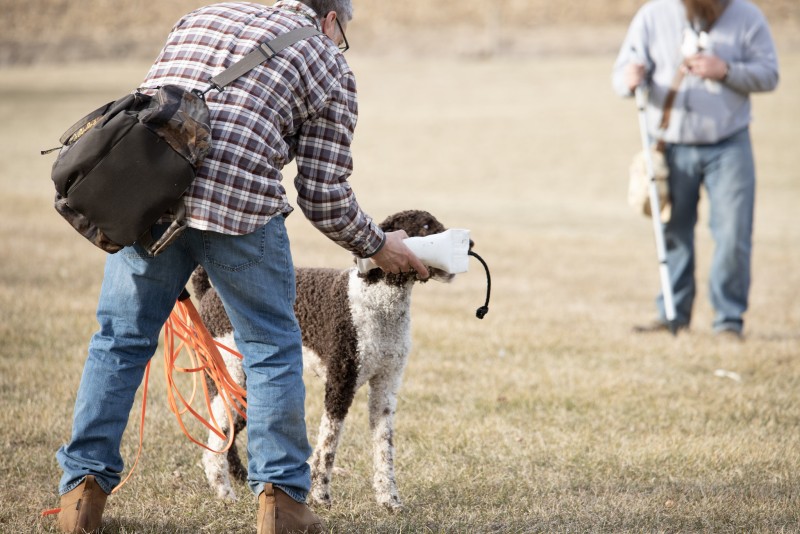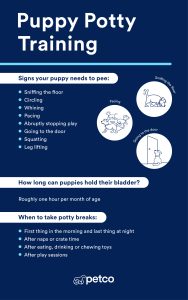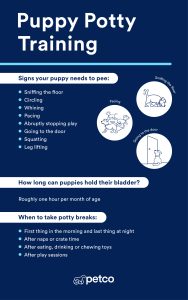Have you ever wondered when the best time is to start training your dog? You want your furry friend to learn good habits early, but you might be unsure if they’re too young or too old.
Getting the timing right can make all the difference in how quickly your dog learns and how strong your bond becomes. You’ll discover exactly how old your dog should be to begin training, along with simple tips to make the process smooth and fun for both of you.
Keep reading to unlock the secrets to raising a happy, well-behaved dog from the very start.
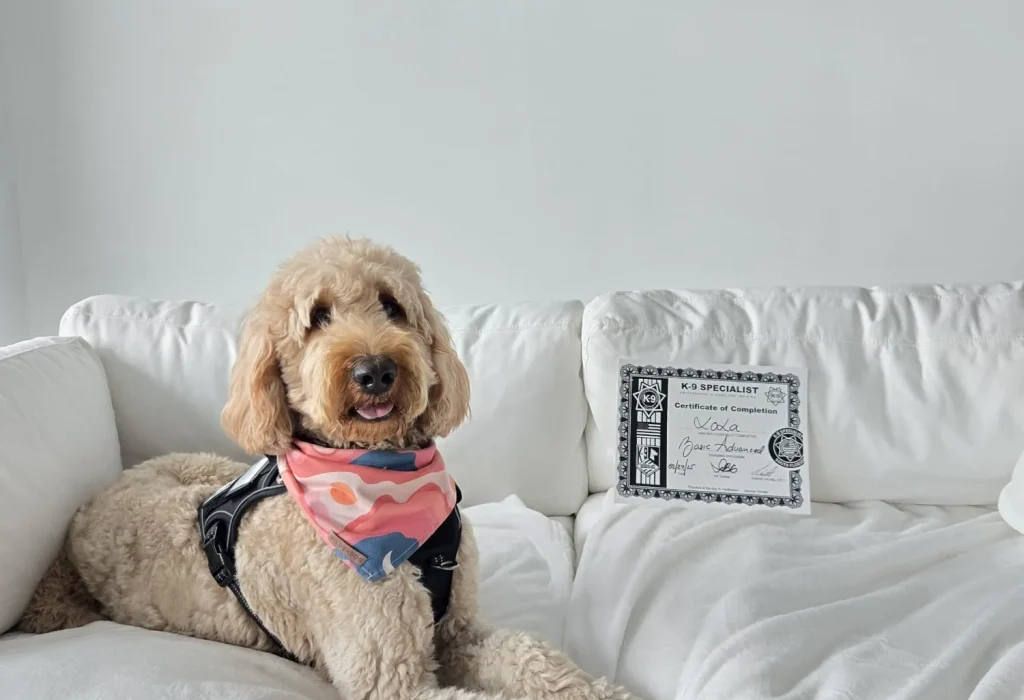
Credit: k-9specialist.com
Ideal Age To Begin Training
Training your dog is important for good behavior and safety. Knowing the right age to start helps your dog learn better.
Dogs can begin learning at different stages. Starting early can make training easier and more effective.
Puppy Training Timeline
Puppies can start training as early as 7 to 8 weeks old. This is when they begin to explore their world.
Early training focuses on simple commands and socialization. Short sessions work best for young puppies.
- 7-8 weeks: Begin basic commands like “sit” and “come”
- 8-12 weeks: Socialize with people and other dogs
- 3-4 months: Introduce leash walking and house training
- 4-6 months: Reinforce commands and reduce distractions
Training Adult Dogs
Adult dogs can learn new skills but may need more patience. Some habits take time to change.
Use clear commands and rewards to motivate adult dogs. Consistent practice helps them understand expectations.
- Start with simple commands to build confidence
- Use treats and praise as positive reinforcement
- Keep training sessions short and regular
- Be patient with past behaviors and habits
Signs Your Dog Is Ready
Your dog shows signs of readiness when it pays attention and follows simple commands. They also respond well to rewards.
Look for calm behavior and focus during training. If your dog gets easily distracted, try shorter sessions.
- Maintains eye contact during commands
- Responds to name consistently
- Shows interest in treats or toys
- Calm enough to focus for a few minutes
Benefits Of Early Training
Training your dog at a young age helps them learn quickly. Puppies are curious and ready to explore new things.
Starting early makes training easier and builds a strong bond between you and your dog.
Socialization Advantages
Early training helps puppies meet other dogs and people. This makes them more comfortable in new places.
Good social skills reduce fear and aggression. Puppies learn how to behave around others.
- Improves confidence
- Reduces anxiety
- Teaches polite behavior
Building Good Habits
Training puppies early helps them learn house rules. They understand what is allowed and what is not.
Good habits like sitting, staying, and walking on a leash start young. This makes life easier for owners.
- Teaches obedience
- Promotes calm behavior
- Encourages listening skills
Preventing Behavioral Issues
Early training can stop bad behaviors from forming. Puppies learn limits and what is acceptable.
Preventing problems early saves time and stress later. Your dog grows into a well-mannered adult.
- Reduces barking and biting
- Limits jumping and chewing
- Controls hyperactive behavior
Training Methods By Age
Training a dog depends on its age. Different ages need different ways to learn.
Young dogs and older dogs react best to certain training styles. Knowing these helps you train better.
Techniques For Puppies
Puppies learn fast but have short attention spans. Training should be fun and short.
Use gentle praise and treats to encourage good behavior. Keep training sessions under 10 minutes.
- Use simple commands like “sit” and “stay”
- Reward immediately after good behavior
- Practice often but keep sessions short
- Be patient and gentle with mistakes
Approaches For Older Dogs
Older dogs may take longer to learn new things. Use calm and clear instructions.
Focus on building trust and repeat commands slowly. Use treats and praise to motivate.
- Keep training sessions consistent and regular
- Use clear, simple commands
- Be patient if they forget or resist
- Include mental exercises to keep them engaged
Adapting To Your Dog’s Personality
Each dog has its own way of learning. Some are shy, others are very active.
Watch how your dog reacts and change training to fit their style. This helps them learn better.
- For shy dogs, use soft tones and gentle rewards
- For active dogs, add movement and play in training
- For food-motivated dogs, use treats as rewards
- For attention-seeking dogs, use praise and petting

Credit: www.reddit.com
Common Training Challenges
Training a dog is not always easy. Dogs may face many challenges as they learn new skills.
Understanding common challenges helps you train your dog better. Patience and practice are key to success.
Dealing With Distractions
Distractions make it hard for dogs to focus during training. Loud noises, other animals, and people can divert their attention.
Start training in a quiet place. Slowly add distractions as your dog improves.
- Use treats to keep your dog’s focus
- Keep training sessions short and fun
- Practice commands in different settings
Handling Stubbornness
Some dogs may seem stubborn and resist training. This can happen if they do not understand the commands or feel bored.
Be calm and patient. Try different rewards and change your training style if needed.
- Use positive reinforcement to encourage good behavior
- Break tasks into smaller, easy steps
- Give your dog time to learn at their own pace
Maintaining Consistency
Consistency helps dogs learn faster. Use the same commands and rules every day.
All family members should follow the same training methods. This avoids confusing the dog.
- Train at the same times each day
- Use clear and simple commands
- Reward good behavior immediately
Expert Tips For Successful Training
Training a dog is an important part of raising a happy pet. Knowing the right age to start helps make training easier.
Starting early can lead to better behavior and a stronger bond with your dog. Use expert tips to guide the process.
Using Positive Reinforcement
Positive reinforcement means rewarding good behavior. This helps your dog learn what you want them to do.
Give treats, praise, or playtime when your dog follows a command. It makes training fun and effective.
- Use small, tasty treats
- Praise your dog with a happy voice
- Reward immediately after good behavior
Setting Realistic Goals
Set simple goals that your dog can reach. This helps avoid frustration for both of you.
Start with easy commands like “sit” or “stay”. Increase difficulty as your dog learns.
- Focus on one command at a time
- Keep training sessions short
- Be patient and consistent
Creating A Training Schedule
Make a regular schedule for training. Consistency helps your dog remember what to do.
Short, frequent sessions work best. This keeps your dog’s attention and builds good habits.
- Train 5 to 10 minutes, two to three times daily
- Choose quiet times with few distractions
- End each session on a positive note
Tools And Resources
Training a dog requires the right tools and resources. These help guide your dog and make learning easier.
Using good equipment and finding helpful classes or websites can improve your dog’s training experience.
Essential Training Equipment
Some basic equipment helps your dog learn commands and good behavior. Choose items that fit your dog’s size and age.
- Collar or harness for control and safety
- Leash for walks and training sessions
- Treats as rewards to encourage good behavior
- Clicker for clear communication during training
- Toys for motivation and playtime rewards
Recommended Training Classes
Joining training classes can help both you and your dog learn faster. Classes provide guidance from experts.
Look for classes that suit your dog’s age and temperament. Group or private sessions are both useful.
- Puppy socialization classes
- Basic obedience training
- Behavior correction courses
- Agility and advanced training
- Private one-on-one sessions
Helpful Online Resources
Online resources offer training tips and videos you can use at home. They are good for flexible learning schedules.
Choose websites and videos from trusted trainers. Use these tools to practice skills and solve problems.
- Instructional training videos
- Step-by-step guides and articles
- Forums to ask questions and share advice
- Apps to track training progress
- Downloadable training plans
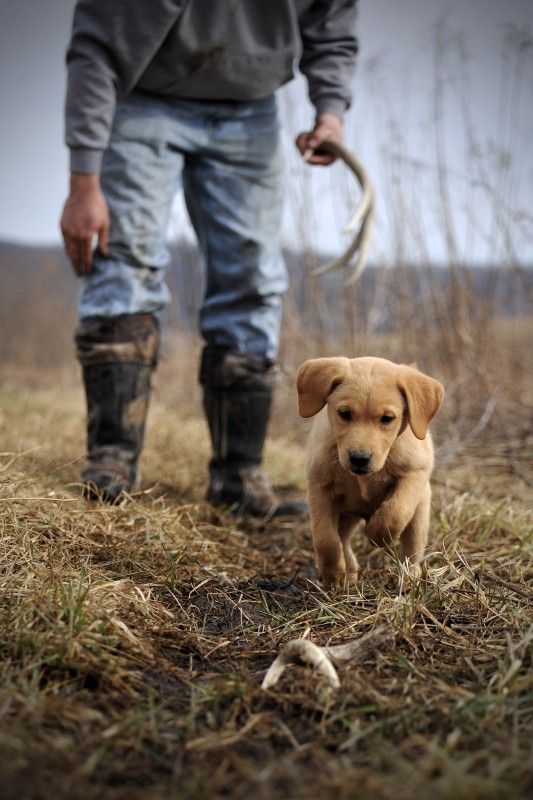
Credit: dogbonehunter.com
Frequently Asked Questions
At What Age Can Puppy Training Begin?
Puppy training can start as early as 7 to 8 weeks old. Early training helps build good habits and socialization skills. Short, positive sessions work best for young puppies. Consistency and patience are key to effective early training success.
When Should Basic Commands Be Introduced To Dogs?
Basic commands like sit, stay, and come can be taught from 8 weeks old. Puppies learn quickly during their early weeks. Using treats and praise reinforces positive behavior. Early command training establishes a foundation for advanced skills later.
How Long Should Initial Dog Training Sessions Last?
Initial dog training sessions should last 5 to 10 minutes. Short sessions match a puppy’s limited attention span. Frequent, brief sessions throughout the day promote better learning. Avoid overwhelming your dog to keep training enjoyable.
Can Adult Dogs Be Trained Effectively?
Yes, adult dogs can learn new commands and behaviors. Training may take a bit longer compared to puppies. Positive reinforcement and patience are essential for success. Adult dog training improves behavior and strengthens the owner-dog bond.
Conclusion
Training a dog early is key to better behavior. Start when they are puppies, around 8 weeks old. Consistency and patience are important. Short, fun sessions work best. Older dogs can learn too, but it may take more time. Build a strong bond through training.
This helps dogs feel secure and loved. Each dog is unique, so adjust methods as needed. Watch for signs of stress or fatigue. Celebrate small wins to keep them motivated. With the right approach, dogs of any age can learn and thrive.

Emily Barker is the founder of ChillDogLife.com, a space dedicated to helping pup parents discover the best dog products, lifestyle tips, and cozy ideas for happier homes.
A lifelong dog lover, Emily combines her passion for pets with a knack for research to share trusted recommendations on everything from toys and furniture to health and everyday care.
Her goal is simple: to make life easier, stylish, and more joyful for dogs and the people who love them.
